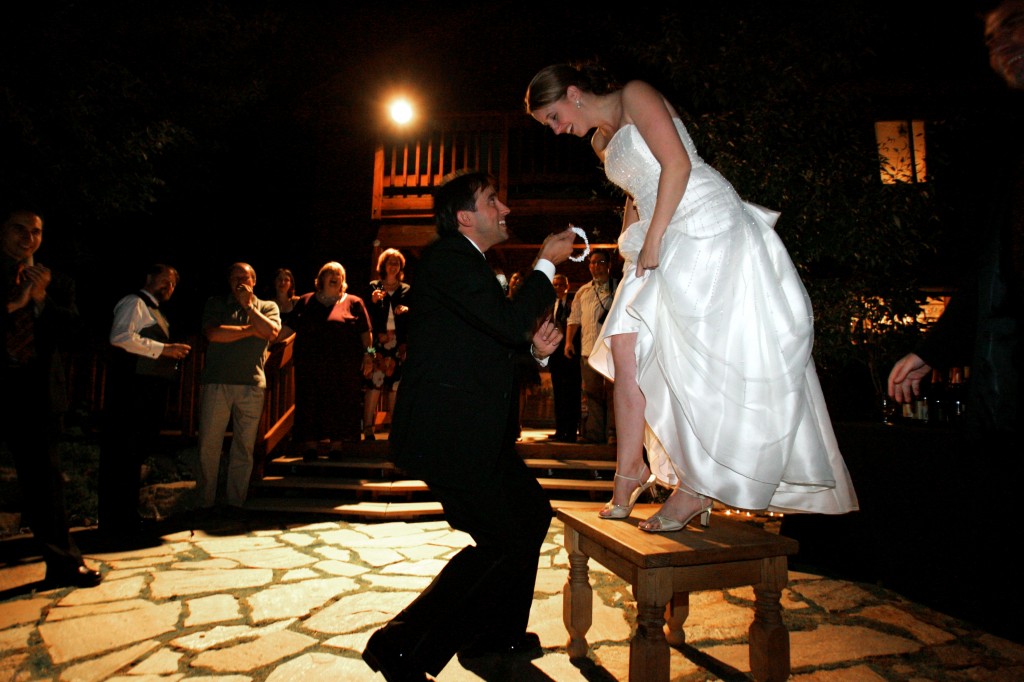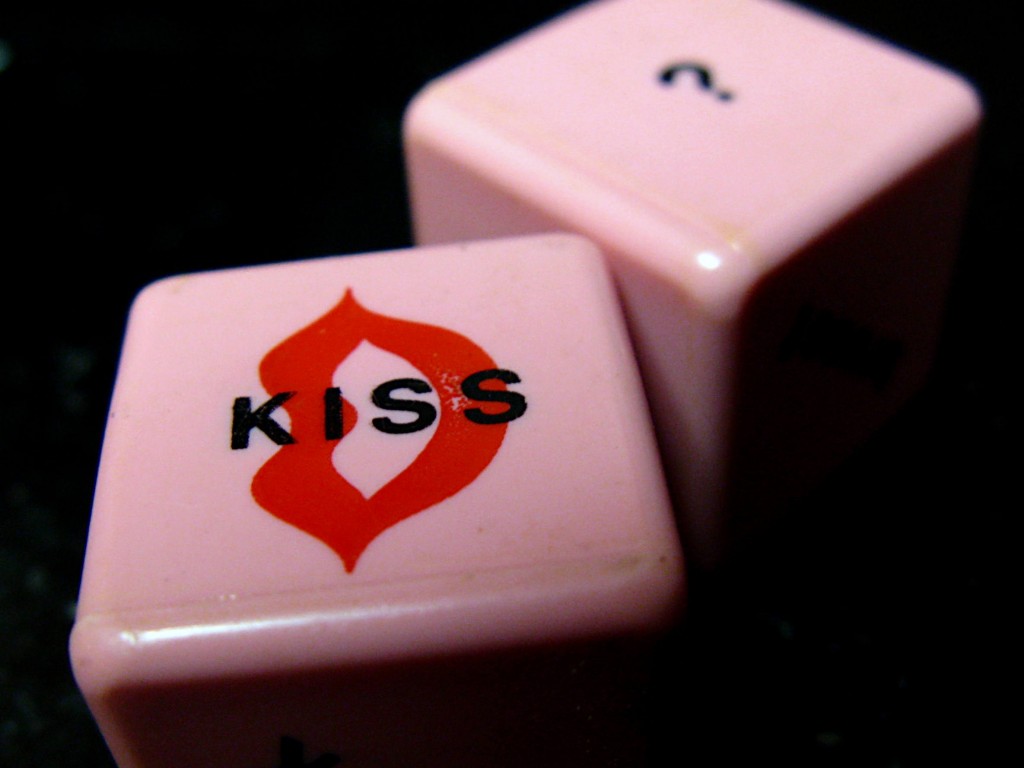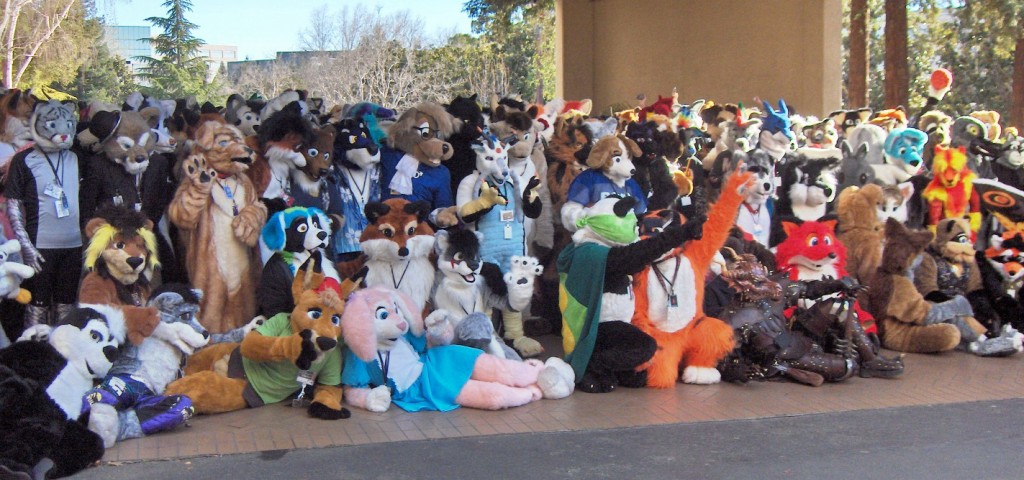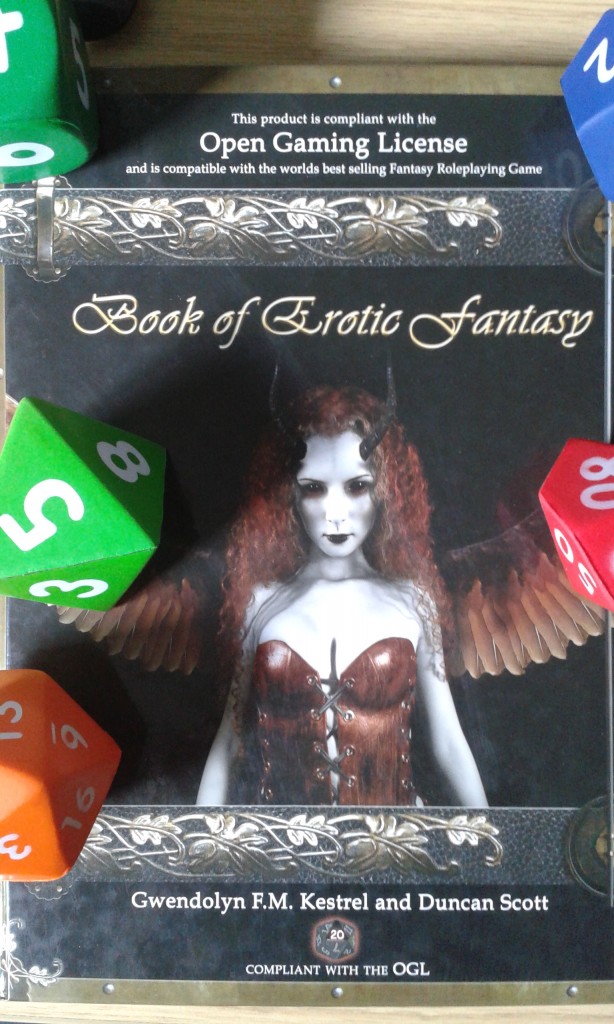When I describe my research interest as “sexy games”, the most frequent response I encounter is looks of confusion and embarrassment. Whilst others can say, “I study MMOs” or perhaps, “I study tabletop games” and receive understanding nods or follow-up questions of interest, I frequently encounter misunderstandings of the types of games I study. What generally transpires next in such conversations is my long-winded and feeble attempt at explaining what precisely a “sexy game” is and how I go about studying it. I interpret my encounters with baffled peers and my own attempts at over-compensating explanations as a problem with language. Whilst we have words, names, and brands to associate with and describe forms of analog games (such as card games, board games, and folk games), and whilst we have the language to describe and discuss the content of those games (such as children’s, historical, or fantasy) we lack the language and categorization—even as game scholars and designers—to precisely name and discuss games centered on sexual content.
As a remedy for this lack of language, I endeavor here to develop a taxonomy for describing and discussing forms of analog play which involve sexy content. Whilst I think there is some use in keeping the umbrella term “sexy analog play” to cover all forms of non-digital play with a flirty or sexy connotation, it is better to investigate other, more specific words for use in describing precisely the types of play to be discussed. Whilst undoubtedly personally useful, the existence of such terminology has other applications as well. Namely, it would be useful to have words besides “adult” to describe analog games with sexual content from a marketing perspective. As a descriptor, “adult” board games can refer to difficulty level as well as content, which makes locating and purchasing sexual games difficult. To widen the existing vocabulary used to discuss sexual games, I have identified four broad categories drawn from a thematic analysis of existing literature in the fields of game studies, folk games, and game design, as well as contributing my own terms from my own research where I noticed a gap in the published literature. The four categories are: sexy brink play,1 sexy board and card games, secret dress-up play,2 and erotic role-play.3 These four categories are by no means exclusive or final, but rather represent a starting point for fleshing out categories of sexy analog play.4 Rather than consider this taxonomy as limiting what can or should count as sexy play, it is better to think of it as a first attempt at collating existing research with the goal of popularizing terminology for discussing and describing a wide variety of sexy games.
Sexy Brink Play
The first of the categories of sexy analog play to be discussed is termed “brink play” by Cindy Poremba.5 It is worth noting that it has also occasionally been called forbidden play or forbidden games6 in the past. Generally speaking, brink play makes reference to types of play which occur on the brink of social acceptability, or in some way push social norms and expectations. Although at its surface it may seem like all types of play—or all games—which invoke sexual themes or arousal may be considered sexy brink play, I assert that this is not the case. Some games which invite us to transgress social norms have become so ingrained in popular culture that they cease to invite players to the brink of acceptability. One such example might be a garter toss at a wedding. Although the act of a person crawling up another’s dress to retrieve an undergarment and then throw it to a group of friends is certainly an expression of intimacy in a demi-public setting, and thus could certainly be considered transgressive, it is the context of a wedding which normalizes this playful behavior. Whilst in other circumstances the individual components of a garter toss might be considered sexy brink play, it is the context of a wedding which pushes the activity away from the brink of social unacceptability and safely into the arms of convention. Therefore we might say that it is not the activity or game which qualifies as brink play, but rather the socio-cultural contexts and conditions under which the playful behavior occurs which place it on the brink or not.
Likewise, not all brink play has a sexual component. Games which invite the player to take a controversial stance on an issue, or to play the villain, or to challenge racial or class definitions may be considered a type of brink play without involving sex. One example might be the cancelled Sweet Home Alabama LARP.

In terms of what is considered sexy brink play, the popular game Twister7 is given as an example by Poremba in her 2007 DiGRA paper. Because the rules of the game use the players’ bodies as game pieces to be moved around a board, or in this case the game mat, there are plenty of opportunities to transgress boundaries of social acceptability with regards to the body, touching, and general flirtation. In most Northern European and European-influenced North American cultural traditions, personal space demands that bodies of non-lovers must be conducted in such a way as to minimize unnecessary or accidental touching, as touching is usually reserved as a signifier of the most intimate relationships. As a game, Twister invites players to experience the sexy brink of social norms by encouraging the awkward positioning of bodies so that contact with other players becomes inevitable, as evidenced in the photo below.

In addition to the example of Twister I would add traditional, folk, and party games such as Pass the Orange, Spin the Bottle, Truth or Dare, or Seven Minutes in Heaven to the category of sexy brink play. Each of these games is played in flirtatious party atmospheres which encourage the transgression, or at least testing, of social norms. Because players are often grouped together at a social event or party during play, several inhibition-lowering factors are likely taking place during party games. Aside from a jovial atmosphere, other factors such as alcohol or drug consumption or social pressure may encourage a relaxation of social norms. In the traditional folk game Pass the Orange, for example, players hold an orange between their chin and shoulder and attempt to pass it to another player who must accept it between their chin and shoulder.8 The rules of the game thus require players to nuzzle their faces and necks in an intimate way normally associated with cuddling or kissing. Whilst relatively tame, Pass the Orange provides some insight into how the rules of a game allow for an expression of intimacy normally reserved for partners to be expressed by acquaintances.
Sexy Board and Card Games9
The term “sexy board and card games” refers to mass produced games with sexual themes. Such games are usually marketed to monogamous couples as a way to “spice up” their sex life. Although the picture below shows a popular pair of “sexy dice,” they would not fall within the category of “sexy board and card games” as I define it. Dice, spinners, and cards are usually included in most analog games, even non-sexy ones, as types of randomization mechanisms. I consider games to be more structurally complex than an isolated randomization mechanism, and thus “sexy board and card games” would not refer to a technique of randomizing which sexual act (verb) is paired with which body part (noun) for the purpose of forming a type of sexy, live-action Mad Lib. Therefore, not all board or card “games” which can be found in adult shops necessarily qualify to be included in this category as they do not qualify as games. They might instead be classified as toys, and therefore fall outside the remit of this short post, as noted in the introduction.

The board and card game format of sexy games, in particular, is what makes them an interesting avenue for study. There is something about the format and components of adult board and card games which invert the innocence of childhood games and become sexy, perhaps dangerously so, through the use of familiar, but inverted, objects. For example, the game Domin810 can be seen in my photo below. In some ways, Domin8 can be thought of as a skin or modification of the game dominoes. Both games require players to match like symbols by placing tiles on a tabletop. Domin8, however, includes several sexy mini-games which involve touching other players which relate to which symbols are placed and in which order.

The above photo of sexy board and card games serves to illustrate the similarities in form between the games associated with children and those associated with sexual content. Although all the familiar cards, spinners and dice from childhood games are still there, one important point of departure is the color scheme. Bright primaries and pastels have been replaced with a darker palate which is perhaps indicative of the “after-dark” content within. It is interesting that although the games are nearly indistinguishable in form and mechanics, they differ greatly in thematic content.
Secret Dress-Up Play
The next category of play to be discussed refers to costuming for the sake of sexual pleasure or sexual activity which usually involves some aspect of role-playing. It is important to note that the specific term of “secret dress-up play”, as it is used by Fron, Fullerton, et. al.,11 differentiates itself from mere sexually suggestive costuming. Whilst some costumes worn for public celebrations such as Halloween, Carnival, or even cosplay at a fan convention may reveal sexualized parts of the body, be titillating, or suggest sexual functionality, they are worn in fact for the intention of social and public display. This by no means suggests that such costumes are never used for sexual purpose, as of course is occasionally the case with some wearers of fur-covered mascot costumes otherwise known as “furries” (pictured below). Rather, the word secret in this term refers to the practice of wearing costumes in private and for the explicit use of sexual fantasy.

Outfits for secret dress-up play can usually be purchased in lingerie shops, stores selling pornography and adult toys, or commissioned. The outfits are often organized thematically around a type of role-playing with occupational power relationships. For example, in the image below of an Ann Summers chain of lingerie shops in London, a red vinyl rendition of a nurse uniform can be seen. The nurse uniform allows for both an opportunity to role-play and introduces a power dynamic into sexual play involving the costume. Whilst wearing the costume, the nurse can take charge of a patient’s care regimen and/or follow a doctor’s orders. Rather than leather and lace which lack a theme, costumes such as the nurses outfit inspire, or at least hint at, a type of role-play with erotic content, which is the topic of the next section.

Erotic Role-Play
The final form of sexy analog play to be discussed is erotic role-play. Unlike the above-described “secret dress-up play”, erotic role-play may or may not include costuming or a live-action component, but does include taking on the role of a character and playing out sexual themes. Perhaps a key difference between erotic role-play and secret dress-up play is that erotic role-play happens in games rather than during free-form play. By this I mean that erotic role-play proceeds according to a set of rules which govern possible character actions and reactions involving sexual content, regardless of whether or not play happens in a field, around a table, in an online virtual world, or in a BDSM dungeon. Additionally, whether a player undertakes erotic role-play for sexual gratification or arousal is likewise irrelevant. As a broad term, erotic role-play encompasses any role-playing activity which includes: erotic content, rules for character actions, and the taking on (or playing) the role of a character.
One interesting example of erotic role-play comes from tabletop gaming, a hobby which may seem at odds with stereotypical depictions of erotic and romantic settings. Unlike their online role-playing counterparts which contain beautiful vistas and fantastic worlds, offline role-playing games must rely on books to convey not only the rules for including sexual activities in play, but also imagination aids for sexual themes and content. The Book of Erotic Fantasy,12 pictured below with dice accoutrement, is an example of the explicit inclusion of rules for sexual interaction between characters and even contains enhanced photographs of fantastical creatures. Both aspects of the book serve to assist with the inclusion of erotic themes in role-playing games.
Whilst the other types of sexy analog play discussed in this essay encompass physical action between players in the flesh, erotic role-play refers specifically to sexual actions which happen between characters. But often the lines between characters and players blur, especially in analog play where characters are represented by players’ bodies. The types of sexual interaction between characters which happen in the flesh then—for example in a larp using the Ars Amandi13 set of rules for simulating sexual interactions with hands—would also be fall under the aegis of erotic role-play.14

Conclusions
Whilst the categories presented by this paper are by no means intended to be exhaustive, they represent a step toward creating a way to catalog and define all the interesting and creative ways people engage with sexuality through analog play. It is important to note that not all types of sexy analog play will be addressed by such a taxonomy and such exceptions are welcome. One notable exception which has arisen from writing this post is toys. An area for further development could be a focus on toy-oriented sexy analog play. However, important for the work at hand is the idea that current taxonomies in game scholarship have overlooked various types of sexy analog play as its own phenomenon. This is important because games which feature sexy analog play reveal that a game is not solely defined by either its form or its content, and that it can carry vastly different meanings depending on its socio-cultural context. This is particularly significant with sexy games, as they are sites where the activity of play, generally associated with children, intersects with the adult activity of sex.
–
Featured image by macca on Flickr, CC BY-NC-ND.
–
Ashley ML Brown, PhD is a lecturer in game design at Brunel University London. She completed her PhD at the University of Manchester in autumn 2013. She is the author of the book Sexuality in Role-Playing Games which looks at how players negotiate and introduce sexual themes into tabletop and online RPGs. She is also an editor of The Dark Side of Game Play which looks at problematic content in playful environments. For a full list of publications, please click here. She additionally volunteers as secretary for the Digital Games Research Association (DiGRA) and is also a founding member of the recently created UK chapter of DiGRA. She can reached at ashley.brown@brunel.ac.uk or on her website at www.amlbrown.com.


One thought on “Towards a Taxonomy of Sexy Analog Play”
Comments are closed.